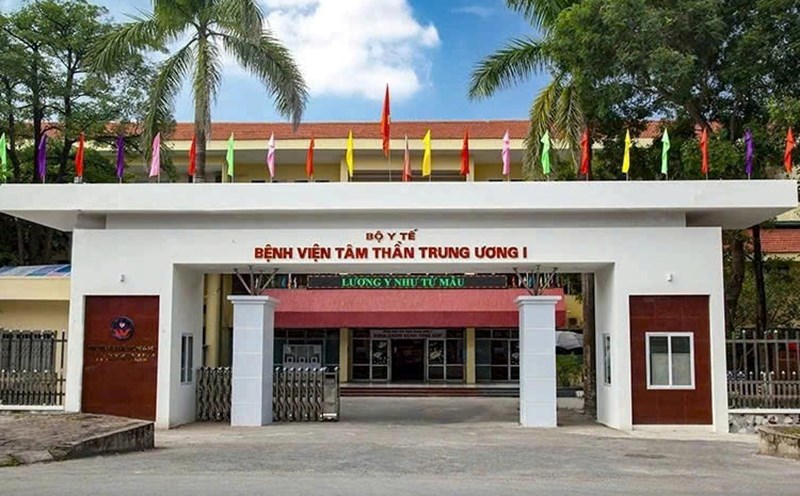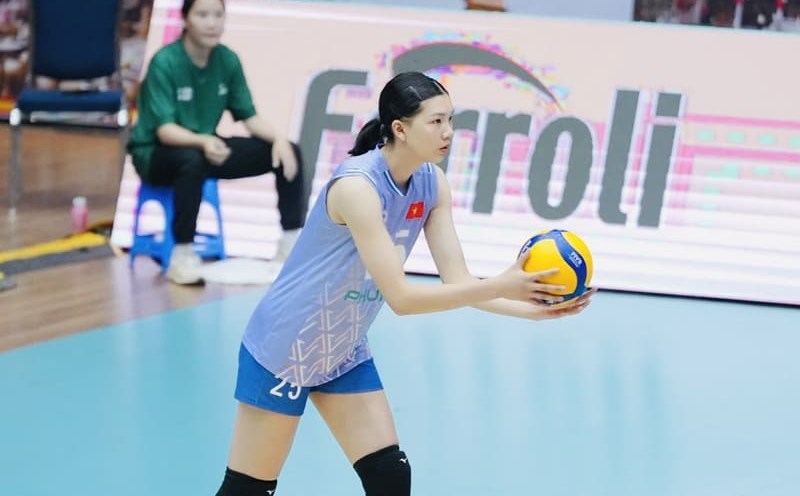Although modern car lines are increasingly focusing on aesthetics and performance, many car manufacturers still choose to use plastic bearings, especially for popular cars and small cars. The reason is not only the cost, but also related to efficiency and product strategy.
According to Mr. Johan Meijer, senior materials engineer at the Dutch Automotive Institute of Technology (TNO Automotive campus, Eindhoven), plastic cages offer some significant advantages over alloy or pure metal bars.
Plastic gasoline is significantly lighter than alloy, helping to reduce the overall weight of the vehicle. This not only saves fuel but also supports increased performance of electric vehicles by reducing energy consumption, said Mr. Meijer.
In addition to technical factors, production costs are also an important reason. A set of plastic cladding lenses can be produced at a cost of only 2050% compared to alloy wheels, while still ensuring basic efficiency and creating a alloy- alloy feel for consumers.
Car manufacturers such as Toyota, Kia, Hyundai and Renault are still using plastic gasoline for models such as Vios, Morning, i10 or Clio. These models target the general user, prioritizing low cost of ownership and easy maintenance.
In addition, according to Mr. Meijer, the use of plastic lining also allows automakers to be more flexible in design.
"Plastic cages are easy to shape and change designs. Instead of redesigning the entire rim, manufacturers only need to change the lining to refresh the car's appearance, helping to save time and product development costs."
However, plastic cages are not without disadvantages. They are more prone to scratching, less durable when colliding strongly, and are often considered less luxurious than alloy wheels.
However, in the context of rising raw material costs, the trend of saving energy and optimizing operating costs is making plastic gasoline continue to be a popular choice in the low-cost urban vehicle segment - where every penny difference can affect the decision to buy a car.










